Question I have a 15 year-old mustang gelding from the BLM of Utah. I've had him since last August. I can do bascically everything with him. Brush, bathe, saddle, bridle...but my problem is that yes I can sit on him, but he jolt's his ears back and stiffens up. My mom has kinda walked me around on him, but he almost bolted like three times.
I don't want to get hurt. But I need to get him trained. What approach should I use that will be safe for both me and the horse? I need some help and good advice.
AnswerAlexandra -
I'm going to do the best I can to answer your question, but there are some small details that I can't really answer without more information from you. If this doesn't help at all, please write me back - just give a lot of specifics. Sometimes it is the tiny details that matter most.
1. If you have a round pen that is where you want to be. If you have the option, a smaller round pen around 30-40 feet will work best. That gives the horse the ability to get up to a trot, but not much more. He will certainly be able to buck still. A round pen is nice for the first ride instead of a large paddock, arena, or the wide open becuase you know where you are going to end up.
2. I prefer to use a bosal rather than a bit. At least for the first few rides, the bosal seems a little less confusing for the horse. However if you have worked the horse with a bit the entire time and you feel comfortable with it then use it. I just find the bosal to work better - especially at this stage.
3. He will very likely buck. Sorry, just the way it goes. Ground work helps limit the amount of bucking, but he will still try it once at some point. It is actually kind of important that he does, as long as you get back on or stay on, it is an important "test" that he will need to give you. Just make sure you wear a helmet.
4. Before you get on, spend a lot of time doing ground work. Just the basics. Turning right and left, backing, and some good rubbing all over. Then get on, and then off again. Work on the basics again, and then get on again, etc...
5. When you go to move the horse, it is best not to have a handler walking the horse. I have found that to be more dangerous. It is a nice thought, but false security. A horse weighs around 1000 lbs, and if they want to go nuts, they are going to. The handler just ends up getting run over.
6. My first move is always a turn to the right or left. The reason I do this is because they can't build up a lot of speed that way, and a turning cue is easier for them to understand rather than a kick to the sides. Once they turn, you can turn them into a straight direction. Turning also gets their back ends to move which keeps them from stiffening up.
7. If he bucks, and you fall, get out of the way as quickly as possible. Do some good ground work, and don't make a big deal out of it. Then get back on. Never finish the training session with him bucking you off. End it with some type of work - even if its just a little ground work.
There are a lot of other things that I am sure I have forgotten. Again, feel free to write back.
Best of Luck!
Michael Hockemeyer
Kicking Bear Mustangs
PS - Make sure you are using a chest strap, and if a western saddle, a hind cinch. They help keep the saddle in position when/if the horse bucks.
Follow up:
I don't ask them to go forward from a stand still. Not until they have been moving around and feel comfortable. What I will do is get them turning to the side. Then once they are moving I will squeeze with my legs to keep them moving and turn them back into a straight line. Once the are going straight ahead, I will squeeze or give very light heel pressure to keep them moving forward.
Unfortunately there comes a point where you just have to see what happens. I always get scared and nervous on the first few rides I put on a horse. Just remeber to wear a helmet, and be careful.

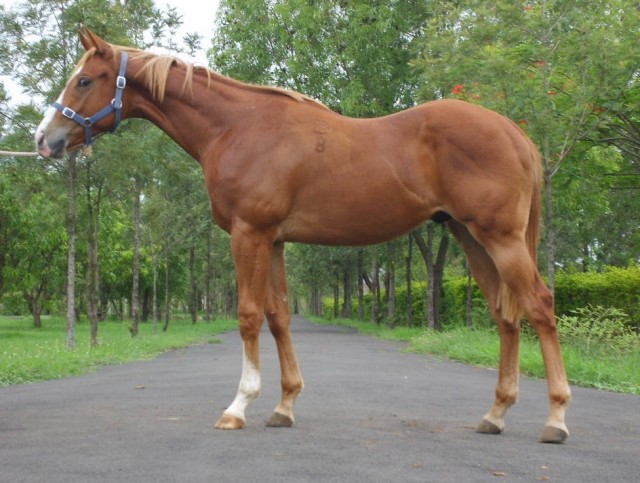 deep ribcage
Question
deep ribcage
hello maam, does this hors
deep ribcage
Question
deep ribcage
hello maam, does this hors
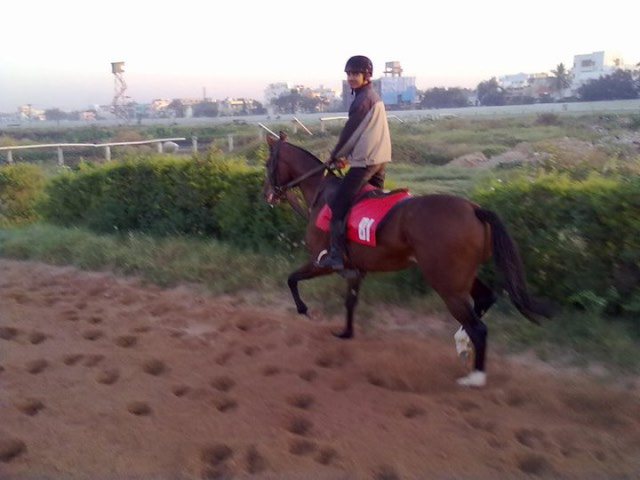 hind quarters engaged while trotting
Question
hind quarters engaged
hello maam, woul
hind quarters engaged while trotting
Question
hind quarters engaged
hello maam, woul
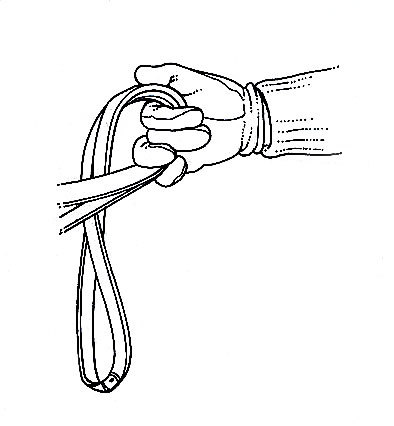 holding reins gently
Question
holding reins gently
hello, why shouldnt i hol
holding reins gently
Question
holding reins gently
hello, why shouldnt i hol
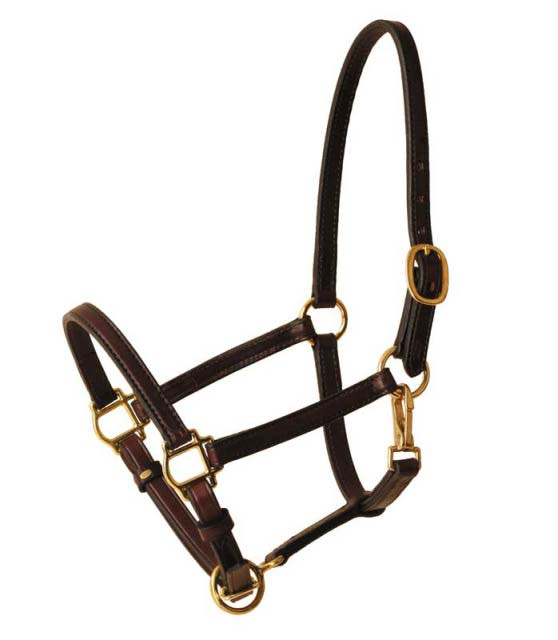 halter
Questionhalter
QUESTION: hello sir, may i know w
halter
Questionhalter
QUESTION: hello sir, may i know w
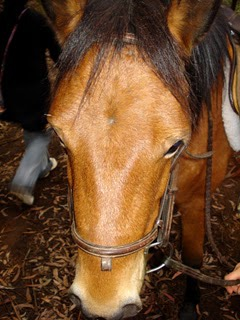 soft face of a horse
Question
soft face
hello maam, what does soft fa
soft face of a horse
Question
soft face
hello maam, what does soft fa